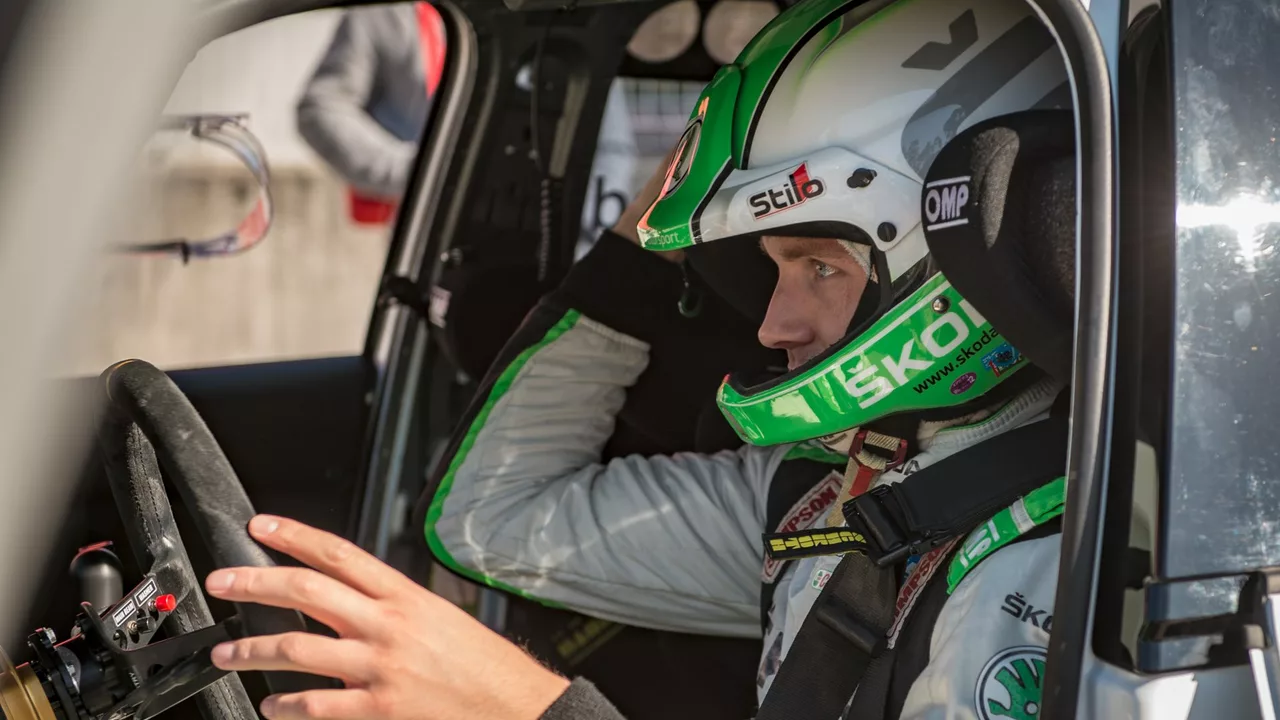Car Equipment Essentials for Endurance Rallying
Getting ready for an endurance rally means checking more than just your tyre pressure. The right equipment can keep you safe, help you finish faster, and save you money on repairs. Below you’ll find the basics you need in your rally car, plus a few upgrades that pay off on long stages.
Safety Gear You Can't Skip
First things first – safety. A good roll cage is a non‑negotiable. It protects the cabin when you hit a wall or roll over a ditch. Make sure the cage meets FIA specs for the class you’re entering; the inspector will check welds, tube thickness, and mounting points.
Next up, seats and harnesses. A racing seat with side‑walls gives you support on rough terrain, and a four‑point or six‑point harness stops you from being thrown around. Pair them with a proper FIA‑approved fire‑retardant racing suit, helmet, and balaclava. These items might feel pricey, but they’re cheap compared to a broken neck.
Don’t forget an on‑board fire extinguisher. Mount it within reach of the driver and co‑driver, and check the pressure before each event. A simple fire‑blanket in the cockpit can also make a big difference if a flare-up starts.
Performance Parts That Make a Difference
When safety’s sorted, look at what helps you stay fast on the road. A reliable suspension setup is key – rally cars need enough travel to soak up rocks, but also a firm enough feel for precise steering. Adjustable dampers let you dial in settings for gravel, tarmac, or mixed surfaces.
Brakes are another area where small upgrades shine. Upgrade to vented discs and high‑performance pads to keep stopping power consistent in wet, dusty, or steep sections. Pair them with a hydraulic handbrake (the long stick you see in rally videos) – it lets you lock the rear wheels for tight hairpins.
Weight reduction can trim seconds off each stage. Replace heavy steel parts with aluminum or carbon‑fiber where allowed, and strip out unnecessary interior trim. Keep the spare tyre, a basic toolkit, and a compact winch – they’re the only items you really need for repairs during a rally.
Finally, reliable navigation equipment saves you from costly time penalties. A sturdy rally computer mounted on the dash, a clear pace note sheet holder, and a backup USB drive keep you on track even if the main system fails.
Putting all these pieces together doesn’t have to be overwhelming. Start with the must‑have safety items, then add performance upgrades as your budget allows. Test each change on a local stage before the big event, so you know how the car behaves.
Remember, endurance rallying is as much about keeping the car running as it is about speed. Good equipment, regular checks, and a sensible setup will let you enjoy the thrill without unnecessary breakdowns.
Ready to prep your rally car? Grab a checklist, compare your current gear, and start swapping out the weak links. With the right car equipment, you’ll finish stronger, faster, and safer.
What kind of shifter do the rally drivers use?
Hey there speed demons! Let's have some fun chatting about rally drivers and their gear shifting preferences, shall we? Now, most of these daredevils use what's known as a sequential gearbox. It's like playing a game of "follow the leader" with your gears, where you can only go from 1st to 2nd, 2nd to 3rd, and so on... no skipping around allowed! It's super quick and efficient, just what our rally heroes need when they're tearing up the dirt. So next time you're channeling your inner rally driver, remember, it's all about the sequential shift!
Read More

